Although thigh liposuction surgery can quickly reduce local fat, there are also certain risks and sequelae, including infection, uneven skin, fat embolism, etc. Before surgery, it is necessary to fully understand the surgical risks and choose a reputable hospital with experienced postoperative care.
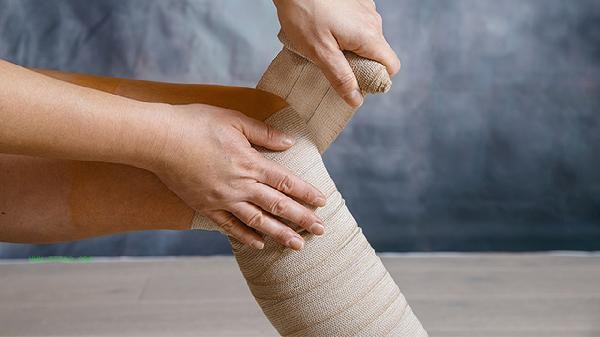
1. Infection risk: Liposuction surgery is an invasive procedure, and improper postoperative care may lead to infection. The symptoms of infection include redness, swelling, fever, and increased pain. The key to preventing infection lies in keeping the wound clean and dry after surgery, and using antibiotics according to medical advice. If there are signs of infection, seek medical attention promptly.
2. Uneven skin: Improper operation during liposuction may result in uneven fat distribution and uneven skin. This situation is more common in the early postoperative period, and some patients can improve it through massage and wearing shapewear. If the symptoms persist, a second surgery may be necessary for repair.

3. Fat embolism: During liposuction, fat particles may enter blood vessels, leading to fat embolism. This is a serious complication that can cause difficulty breathing, chest pain, and even life-threatening situations. The key to preventing fat embolism is to choose experienced methods to control the amount of liposuction and avoid excessive liposuction.
4. Postoperative pain and swelling: After liposuction, patients usually experience a certain degree of pain and swelling. This symptom is most pronounced within a few days after surgery and gradually improves thereafter. Wearing shapewear, applying appropriate ice packs, and following medical advice to take painkillers after surgery can help alleviate discomfort.
5. Abnormal skin sensation: Some patients may experience abnormal skin sensation after liposuction, such as numbness, tingling, etc. This condition is usually related to nerve damage, and most patients will gradually recover within a few months. If the symptoms persist, it is necessary to consult a doctor for further examination. Although thigh liposuction surgery can quickly improve body shape, there are also certain risks and sequelae. Before surgery, it is necessary to fully understand the surgical risks and choose a reputable hospital with experienced postoperative care. If any abnormal symptoms occur, seek medical attention promptly. Maintaining a healthy lifestyle, reasonable diet, and appropriate exercise after surgery can help maintain the effectiveness of the surgery.
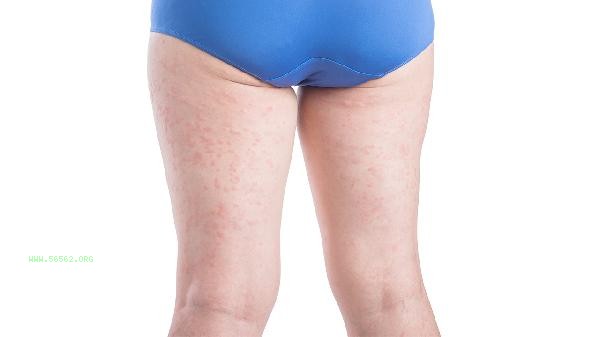

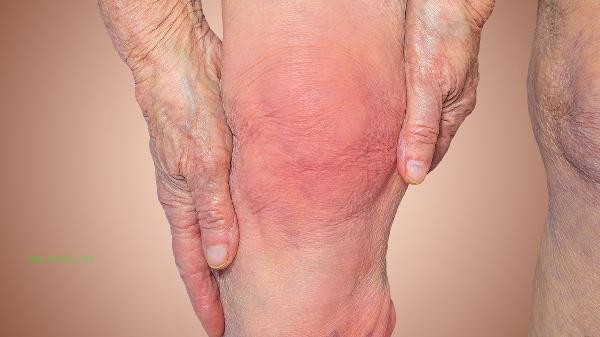

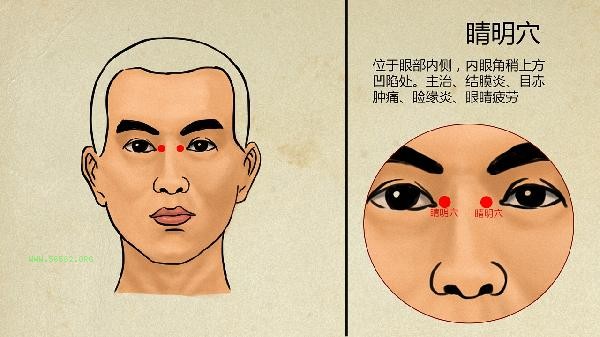

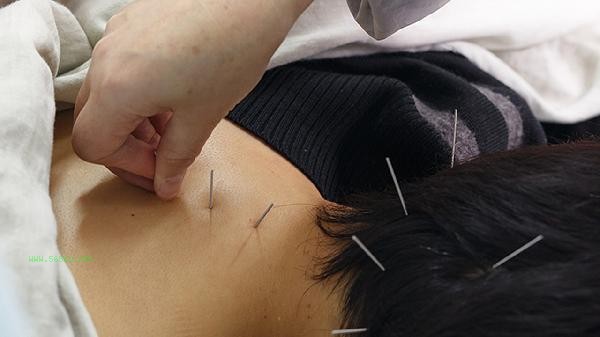


Comments (0)
Leave a Comment
No comments yet
Be the first to share your thoughts!